-
Posts
27,775 -
Joined
-
Last visited
-
Days Won
342
Content Type
Profiles
Forums
Events
Posts posted by robcat2075
-
-
Impressive work! And I was impressed by most of the entries, even the ones from those poor misguided polygon modelers.

But did someone put dinosaurs on a diet? When i was little they were never that boney.
-
picks up a sword and takes it out of the sheath and then swings it around then he puts the sword back in the sheath
Very briefly, you'd constrain the sword(with offsets) to his hand while he's holding it, then constrain it to the sheath after he sticks it in.
Righ-click on a bone and select new>constraint to pick constraints
There are many small details, but basically that's it.
-
macromedia Freehand also has a trace line function, but I haven't had much success tracing A:M toon lines with it. Maybe someone knows how.
If it worked you could export Freehand layers to a SWF and get your animation that way.
-
How about a teaser graphic/still for every story? I hear they're worth a thousand words. Each.
-
I have run into this problem(feature?) when i added an overlapping action. My marginal solution was to reset the "ease" ( i forget how to make that driver visible at the moment) to make the character move at the speed along the path i intended.
But i wish i knew a way to stop the alteration from happening in the first place. Monkeying with the ease is a hassle.
-
Just out of curiosity, what would motion path data look like? Would it be an x,y, and z position for every frame or would it be some kind of vector/time thing?
-
If I want to do stuff in 3d in my future, what kinds of degrees would set me up as a good candidate for jobs in the field?
Just my opinion here, your mileage may vary, but... degrees are important for fields controlled by people with degrees (teaching, law, medicine...). They aren't going to let anyone in who hasn't been hazed just like them.
Degrees are almost inconsequential in artistic fields ( controlled by the people who buy the art, who care only about results - not your training), you're merit is based almost solely on the work people see you do.
I doubt Benny Goodman ever hired a trombone player because of the degree he had. I doubt Disney ever hired an animator just because of the college he graduated from.
That said, I'm sure you might get fine experiences at a school. You might also do better to make fine experiences for your self.
I took traditional art ( figure drawing, perspective, design...) classes and found them useful and enlightening. I benefitted from seeing other students work, good or bad.
I took software classes and found i was better off reading the manual and buying a third party tutorial book for 1/10th the tuition cost. You can buy a lot of RAM for the cost of one (heavily advertised) Art School class.
Software classes are always waiting for the slowest person in the room to figure something out, and software changes so fast the instructor may not be more than a few pages ahead of you in the manual. You're gonna have to read the manual yourself anyway when a new version comes out.
I have more respect for the schools that teach good commercial art skill and judgement than the ones that are primarily software trainers. What ever you choose, don't' expect that the degree itself is a magic key. The degree has negligible value compared to the skill and experience you can demonstrate (which you may or may not have gotten while pursuing the degree).
-
Along the same lines I think enforcements over 100% would be very handy at times as well.
What would this look like? How much more constrained can something be than completely constrained.

-
This property is only available when Receive Shadows is turned on. When this option is set, only the shadows that land on the model will be rendered, and not the model itself. This is useful when you wish to composite the shadows on in software outside of Animation:Master. The model will not render, but the shadows that are cast on the model will be stored in the Alpha channel of the rendered image.
-
ouch! I just noticed that i animated the whole upper body backwards.
 ...did you hand trace to get it down to that size? How many frames? mine was 19 at 25fps.
...did you hand trace to get it down to that size? How many frames? mine was 19 at 25fps.I have program called ToonBoom studio which I use for hand drawn 2D animation. It can import bitmaps and vectorize them, but like Flash, lines are only simulated as thin filled shapes. However TBS also has a feature called "extract center line" intended for converting hand made line drawings. It usually works. A true line has half as many CPs defining it as a filled shape does.
I rendered my walk cycle as "toon lines only" in A:M then imported the frames into TBS and extracted the lines.
see lines only - 24fps(coloring it might add 4K).
Then i import that TBS project into Flash to fix any gaps and color it. I reduce it down to 12fps since many computers can't draw Flash any faster than that and it's most like the "animating on two's" style of classic animation, which is what I'm trying to emulate anyway. Also most people can't tell the diff between 12fps and 24fps.
This gets the file size down to about 16K, which is getting very small.

-
A few thoughts...
You can assign points to a bone whenever you have selected it, so you can finish your skeleton, then assign CPs. Basically, select the bone by clicking on it, then use a group tool to corral the points you want attached. then deselect the bone to confirm your choice.But when I place the bone, Do I have to select CP's for it to control?Is there any way to "deselect" CP's while in bones mode?- to dis-associate a CP from a bone, you can assign it to another bone, or to get it to its' default state, select the "black" bone and associate the CP with that. the black bone is the "model" bone, the normally invisible one that appear only when you select your model's name in the object folder(, while in bones mode). It will appear and you can use the group tools to select the CPs you want to assign to it, much like any other bone.
"That's not a bug... that's a feature!"Blinking CPs. Hate them. Make it stop. How?The CPs are supposed to blink when you select a bone to make it obvious which one are associated with that bone. to stop the blinking, deselect the bone (click anywhere else).
Maybe someone knows a registry trick to change the speed of the blinking to make it less dangerous

the bone blinks to indicate selection. Since the user can specify a custom color for each bone (in its properties) they might very well select a color that is already fully saturated and can't be saturated any further. Custom bone colors are useful for distinguishing bones that might be hard to pickout in certain views, for example you might make left arm bones reddish and right arm bones greenish so that in a side view you could easily tell them apart whil animating.It would be cool if the saturation of the color would be increased for the currently selected bone whilst the unselected bones color would be desaturated.You could choose somber colors for all your bones and then when you need to make one stand out go to it's properties and change it's color. You can also select a bone you can't spot (even invisible bones) by selecting it in the Project Work Space.
-

Someone oughta write a screenplay using every character and prop on the CD Rom, then divy it up into 5 second shots and get everyone on the list to do one bit then slap it all together.
Yes, i know... a bad idea.
-
...and scaled and translated into flash.
resulting swf at 42k
Ok JohnArtBox, I like the hippo.

but I'll see yer 42k... and lower ya to 20k...

-
I've had A:M v10.5 open non-stop, either editing or rendering or idle, for about a full week without any kind of problems. Even with Photoshop, Outlook express and other utilities opened at the same time.
So what is this magical alignment of system components?
OS, motherboard, RAM, RAM type, CPU, videocard... all of that. Are there things you've learned not to install?
-
I've had decal problems in the past, but not today.
I think the standard guess here is that it's an incompatibilty betwixt A:M and your video card. Or a lack of memory in your video card. Not that that solves your problem

Remote possibilities...If you can select Direct3D at all, you might go to the Direct3D tab and try changing the "device" from "hardware" to "Software".
Or try changing your monitor resolution to something lower and reboot.
Or ... reduce the "hardware acceration" in the Windows Display control panel.
I'm just shooting in the dark here. Your mileage may vary.
-
A logo is such a one-off piece of commercial art that there's a high "whatever you can negotiate" factor to it. Ethical or not.

Ask yourself how long are you willing to work on this project?
What is your time worth?
What is this logo worth to them?
More important, make sure they know what sort of art you produce and make sure that's what they want. You might even ask them to show you samples of logos they like and see if that's the style you are skilled at.
Otherwise you could end up traversing far more revisions cycles that you ever planned for, and you won't be getting the money you wanted for your time.
-
BTW, an A:M file is almost readable like an XML file A:M's [color=red][TAG] ... [ENDTAG][/color] convention is much like XML's [color=red]<tag> ... </tag>[/color] synatx that means if you get out your text editor... replace [color=red][ [/color]with [color=red]<[/color] replace [color=red][END[/color] with [color=red]</[/color] replace [color=red][End[/color] with [color=red]</[/color] replace [color=red]] [/color]with [color=red]>[/color] You're almost there. The problem is that not all A:M tags follow this convention. For example: [color=red][MODELWINDOW][/color] is not closed by [color=red][ENDMODELWINDOW][/color] but by [color=red][ENDWINDOW][/color] these become apparent when you resave your file as an .xml file and [b]drag it into Internet Explorer[/b] which will flag a tag error and tell you where it is. Once you fix those you can see your A:M file in all it's heirarchical collapsing and expanding glory. [b]What good is this?[/b] I'm not sure but it's fun to look at. :D One possible use... an [b]XML aware app like Flash[/b] could be programmed to do the sort of mathematical CP manipulations that would be beyond the macro capability of a text editor. Or how about this... you could program Flash to read in an A:M object and render it in some fashion. Far out I know ;)
-
Why not post the project? it looks small and some whiz will debug it in an instant.
-
but he's trying to make the grid chromed, not the sphere.Try taking off the texture, select your sphere in the modeling window, give it a group name, then add the texture back onto that.Where is the grid? it's not accidentally positioned under the ground plane is it?
-
You didn't mention what O/S or version you were using.
Windows 2000 Pro. A:M v10.5o. i haven't "cleaned" it, but it was a new install about 3 months ago. This isn't a new development, i just thought I'd finally ask about it.
-
Even though I have "Show Tooltips" checked (for those little labels that appear when you hover over a button), they always stop appearing after I've been using the program for a while.
Anyone know what's going wrong?
I find them handy for remembering keyboard shortcuts.
-
I've wondered about this.
You probably know that the reason video and film focal lengths do not equate is because the dimensions of the image area are not the same. Unfortunately there are several different sizes of CCD in digital cameras. You'll need to know the size of the CCD to start.
(Gee, I hope that Maya person guessed right)
anyway i found this on the web:
http://www.photo.net/bboard/q-and-a-fetch-msg?msg_id=000ptJ
the reply by "David Wade" is particularly useful. He might even email you his conversion spreadsheet.
-
When I grab a group of CPs in the timeline and scale them, they typically don't end up on exact frames.
I often want to reset some of them to the nearest exact frame, but they don't want to move that small increment, just in whole frame distances.
Is there a way to move these CPs back to an exact frame?
-
Ok, I'll bite.
The good news is: you've gotten over several basic hurdles... making shapes with splines, boning them, moving the bones around, setting keyframes, and even rendering something out. In your first week! some people just don't get it.
It's exciting to just see something move for the first time!
The even better news is: you're not satisfied and you already recognize it can be done better. I can't recommend enough that you go thru each tutorial in that "Art of Animation Master" booklet that came with it. especially the one about putting a rigged skeleton in a model you've made.
Rigged skeletons are so easy to use. not like those floppy raw skeletons.
but they're all great basic intros to essential skills that will make your animatin' life easier.
Not a manual reader? they even made videos out of each of those tutorials! download those and watch them.
So, congratulations on a promising start! Don't stop now.

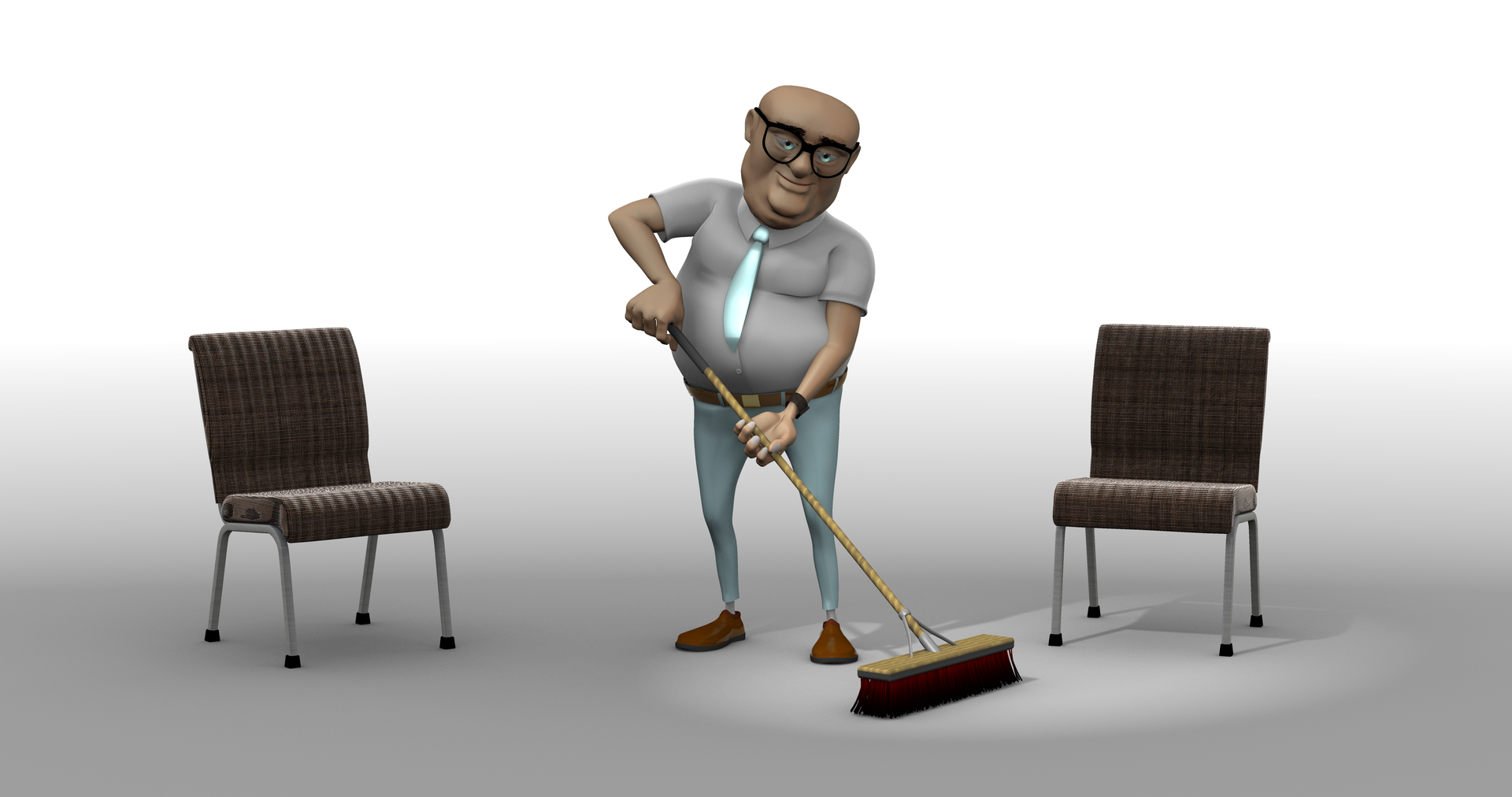
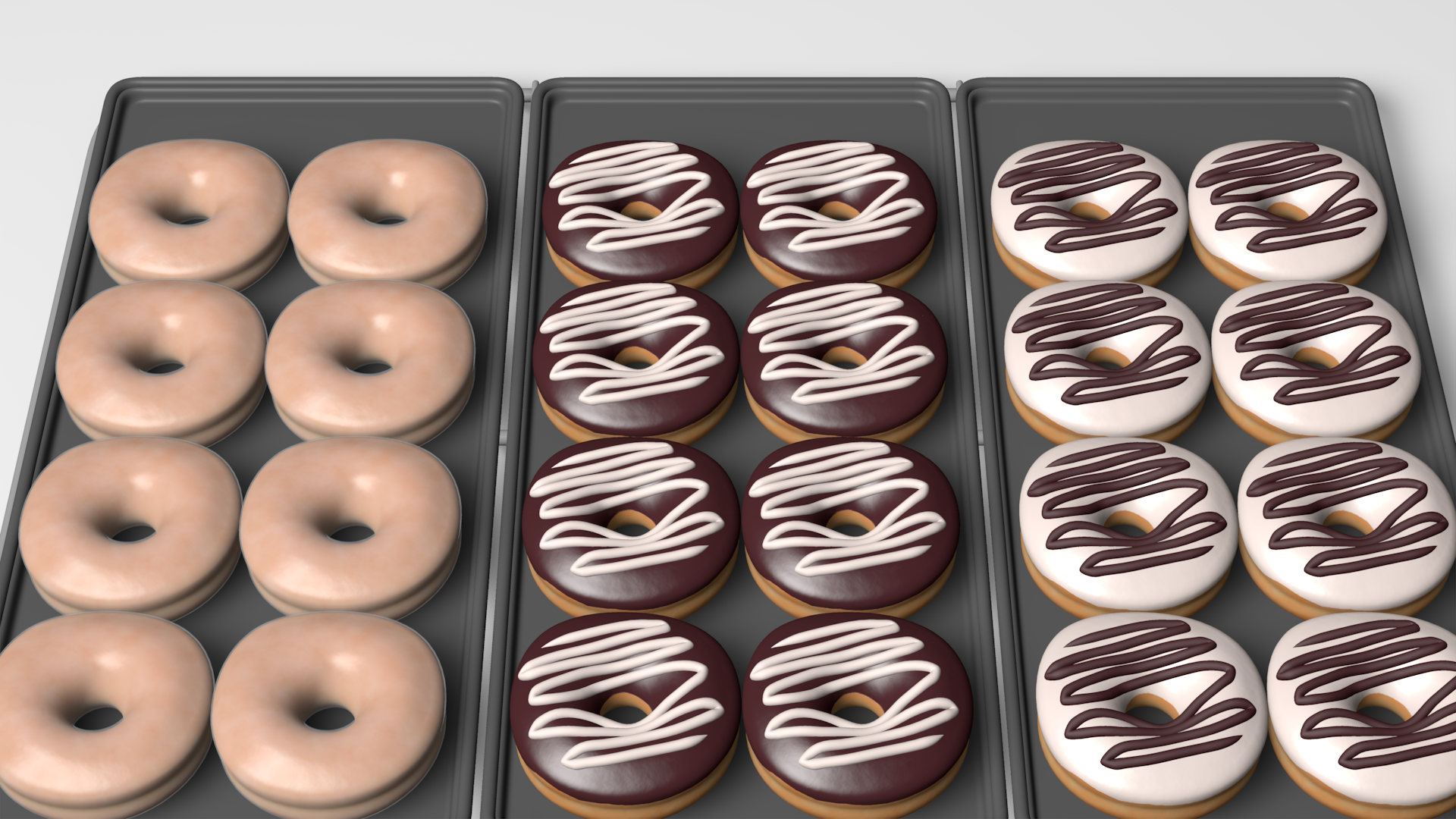
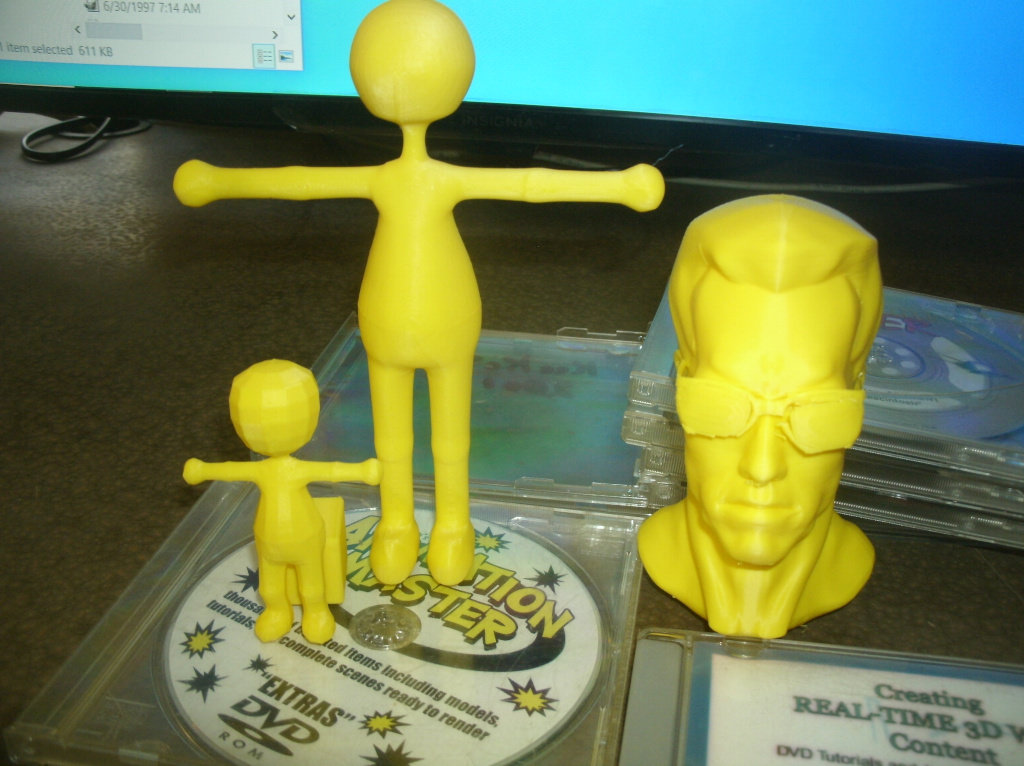
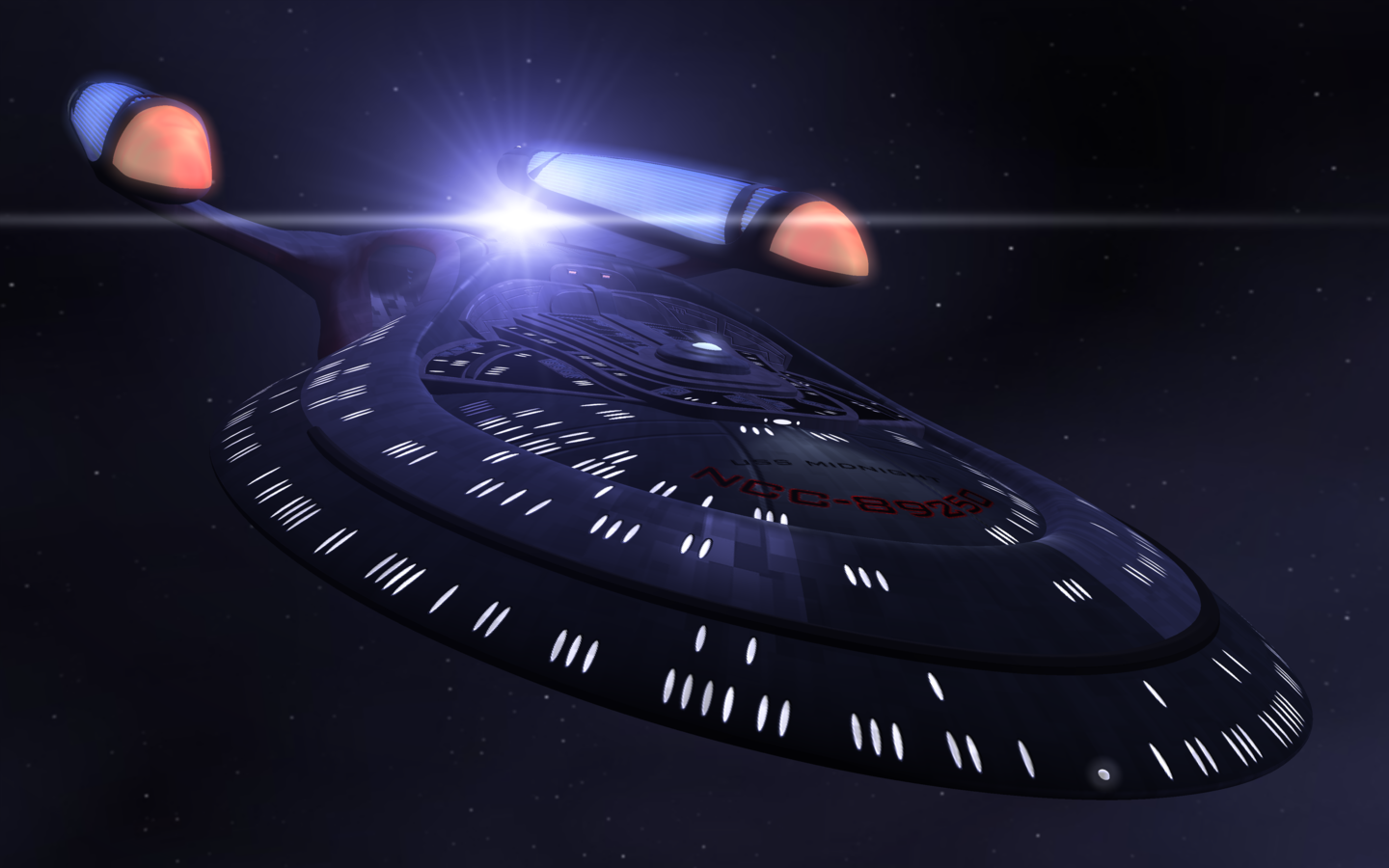
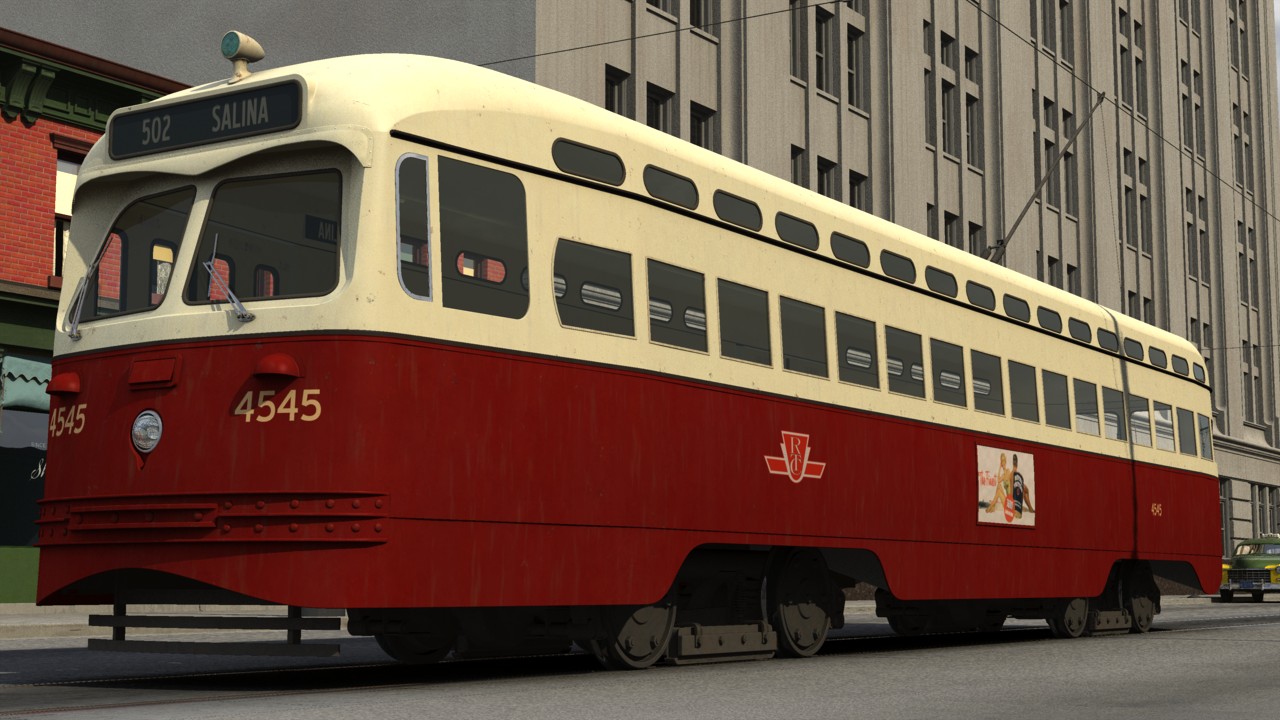
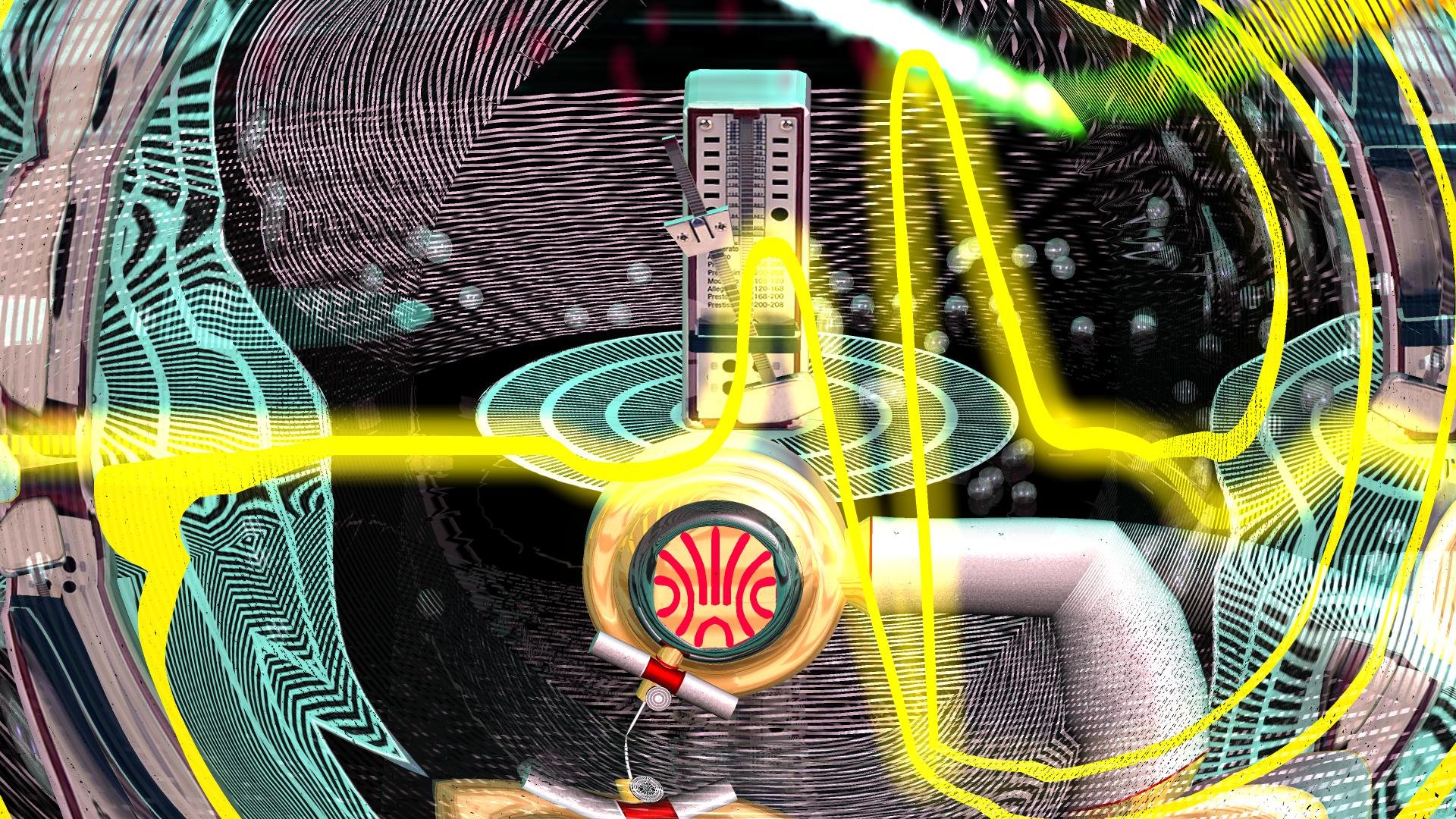



Chory positioning?
in (2003-2004)
Posted
That really does work. Go to the modeling window, select bones mode, select the name of the object in the PWS and the "black bone" will appear. You can then drag it to any point in your model you want, to change the rotation point.